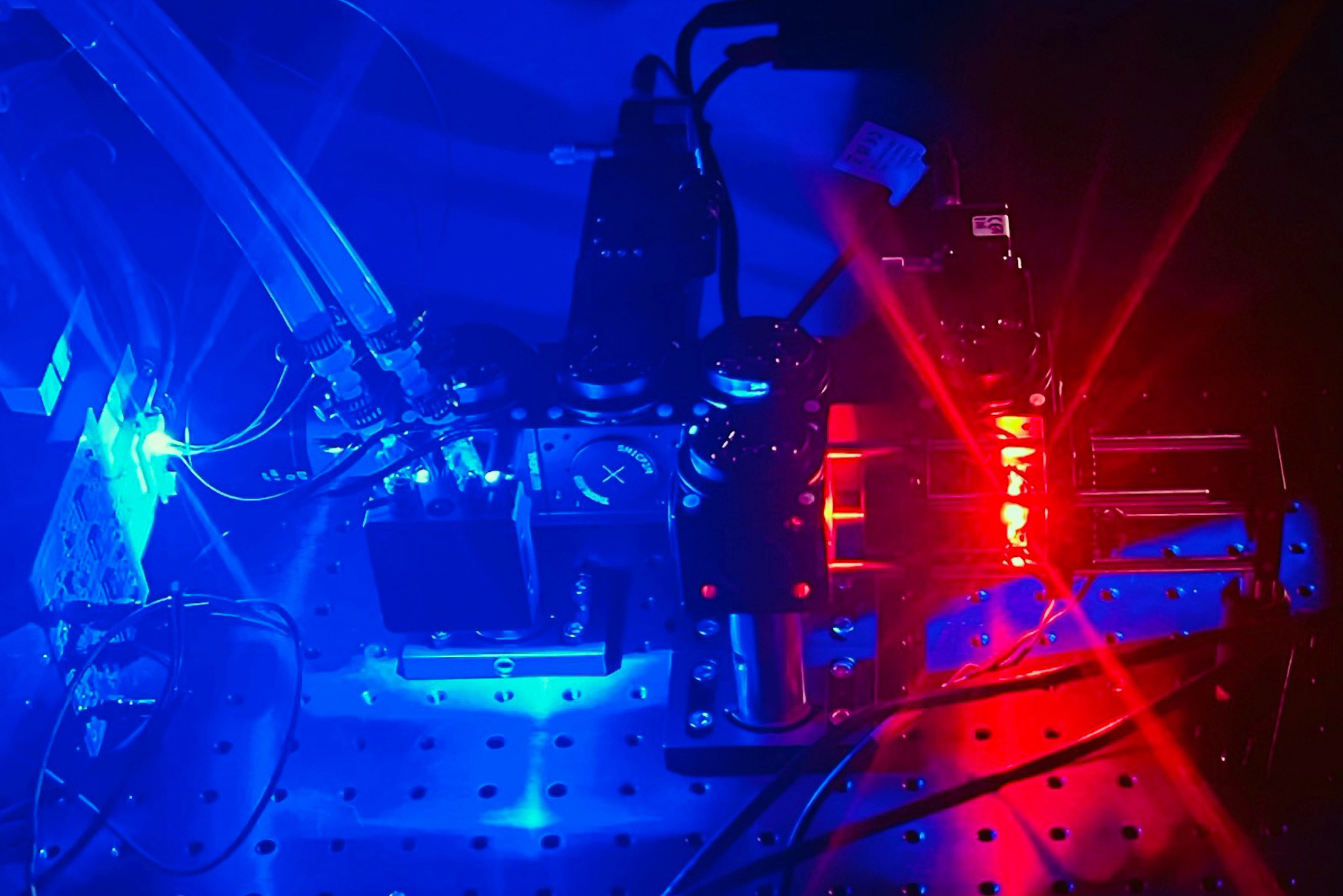6 types of back pain and how to know if they are linked with the liver, kidneys, or lungs

/10
Not every back pain is muscle-related; sometimes it can be a sign of issues with internal organs like the kidneys, liver, or lungs. Determining the cause may be facilitated by establishing the type and location of pain and any associated symptoms, including fever, jaundice, or breathing problems. The six types of back pain are linked to issues involving organs.
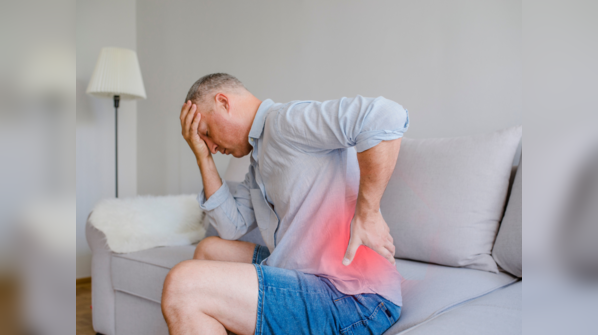
/10
Back pain that becomes worse if you cough, sneeze, or breathe deeply could be linked to kidney or lung inflammation or infections. When the lungs expand, pneumonia or pleurisy can cause inflammation of the lining of the lungs, causing a stinging or stabbing pain in the back. Alternatively, kidney infections can also lead to pain that worsens with movement or changes in pressure due to coughing. Medical evaluation is warranted if this type of discomfort is accompanied by fever, dyspnea, or urinary system-related symptoms.

/10
Though back pain is frequent, if it's accompanied by kidney disease, it would most commonly be side pain over one or both sides of the spine at about the level of the ribs.
In general, the underlying cause would be an infection or a kidney stone. It would be painful or colicky, radiating to the groin or lower abdomen. Frequency or urgency of urination, burning on urination, hematuria, or fever are also possible other symptoms. In contrast to musculoskeletal low back pain, pain involving the kidneys typically does not relieve with rest or changes in position.

/10
Discomfort or pain on one or both sides of the body between the upper abdomen and back is known as flank pain. Kidney issues such as kidney stones, infection (like pyelonephritis), or obstruction are common causes of this type of discomfort. The pain can extend to the groin or lower abdomen and be either severe or mild. A kidney origin might be indicated by other symptoms such as fever, chills, nausea, vomiting, or variation in the amount and color of urine. USC's Keck Medicine says any persistent or intense flank pain needs to be evaluated by a doctor, especially if it is with systemic or urinary symptoms.

/10
Liver disease may, in some cases, be related to upper right back pain, particularly below or near the right shoulder blade. The liver is located in the upper right part of the abdomen, and pain that radiates to the back could be due to inflammation or enlargement caused by hepatitis, liver abscesses, fatty liver disease, or liver tumors. These are accompanied by fatigue, jaundice (yellowing of the eyes and skin), nausea, and enlargement of the upper abdomen, which are often described as dull or throbbing.
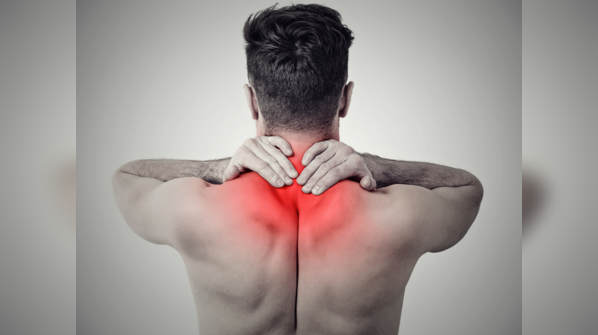
/10
Lung problems can be associated with mid- to upper-back pain, especially in the region around or below the shoulder blades. Back pain can be caused by conditions such as pneumonia, pleurisy (inflammation of the lining surrounding the lungs), pulmonary embolism, or even lung cancer. Respiratory symptoms like tightness in the chest, wheezing, coughing up blood, shortness of breath, and a chronic cough are often accompanied by this type of pain.
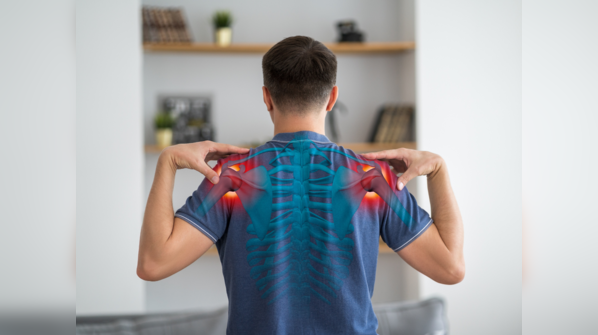
/10
Pain felt distant from its actual source is referred pain. For example, shoulder pain can be a sign of liver or lung disease. Although left shoulder pain may at times indicate lung trouble, especially when the diaphragm is affected, pain in the right shoulder can mean liver or gallbladder trouble. This type of pain is a neurologic response to inflammation or irritation of an organ instead of a direct injury to the shoulder.

/10
Getting atleast 150 minutes of exercise every week is essential for optimal health.
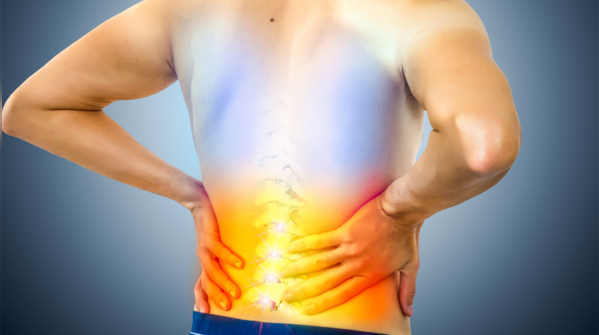
/10
While most back pain is not indicative of a dangerous condition and often resolves on its own, it can sometimes signal a serious underlying medical issue. Severe or persistent back pain, especially when accompanied by other symptoms like unexplained weight loss, fever, loss of bowel or bladder control, or weakness in the legs, could be a sign of infections, tumors, nerve compression (such as cauda equina syndrome), or even fractures. Ignoring these "red flag" symptoms can lead to delayed diagnosis and potentially irreversible damage.

/10
Exercise can help with back pain, but check with your doctor first
Follow Us On Social Media








